Telepresence Garment
1995/96
Back to Telepresence Garment main page
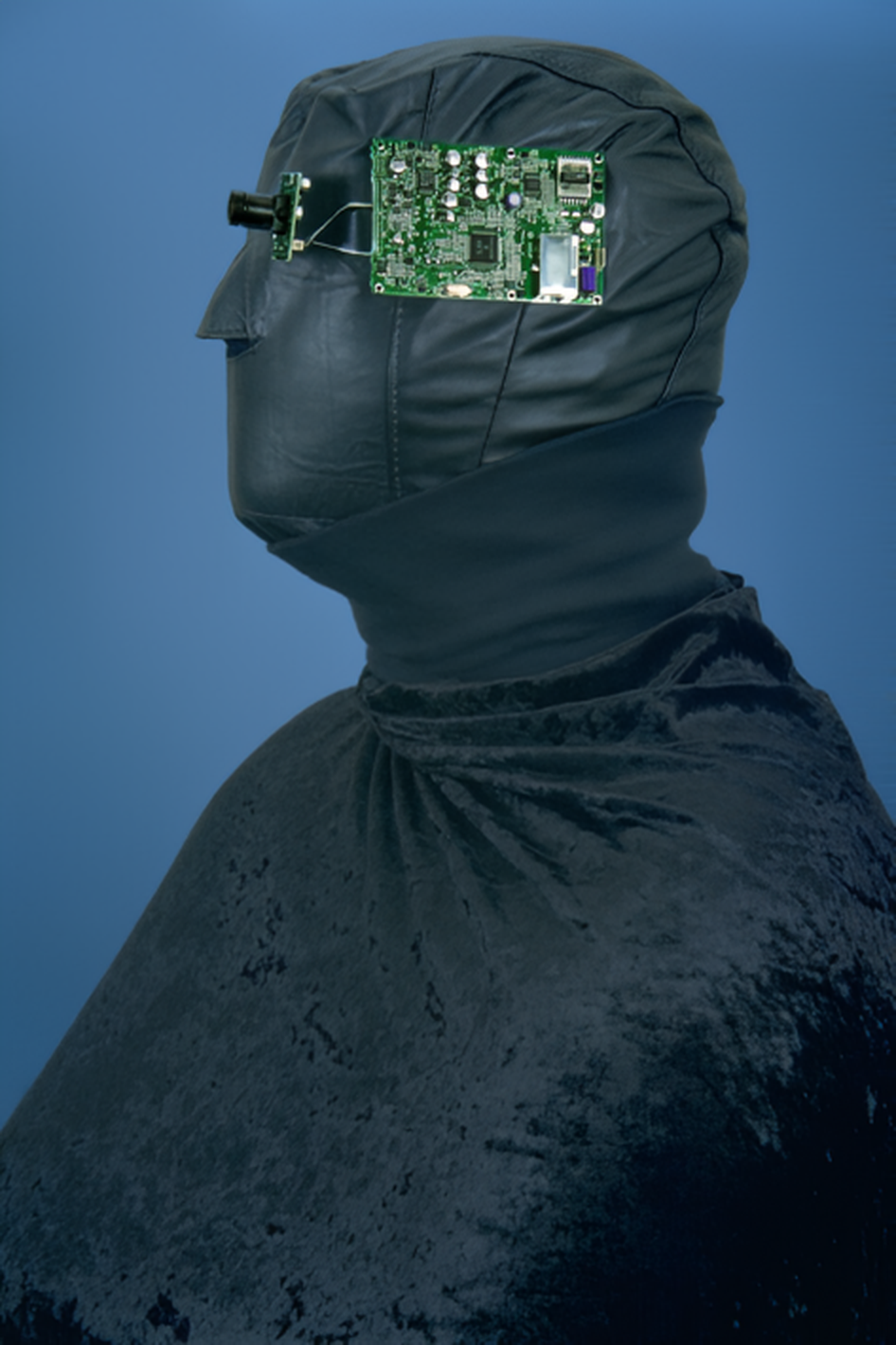
I first conceived the Telepresence Garment in 1995 to investigate the notion of the mediascape as an expanded cloth; i.e., to consider wireless networking as a new fabric that envelops the body. The Garment, which I finished in 1996, gives continuation to my development of telepresence art. This time, however, instead of a robot hosting a human, we find the roboticized human body itself converted into a host. The Garment was designed as an interactive piece to be worn by any local participant willing to allow his or her body to be engaged by others remotely.
A key issue I have been exploring in my work as a whole is the chasm between opticality and cognizance, i.e., the oscillation between the immediate perceptual field, dominated by the surrounding environment, and what is not physically present but nonetheless still directly affects us in many ways. The Telepresence Garment creates a situation in which the person wearing it is not in control of what is seen, because they cannot see anything through the completely opaque hood. The person wearing the Garment can make sounds, but can't produce intelligible speech because the hood is tied very tightly against the wearer's face. An elastic and synthetic dark material covers the nose, the only portion of flesh that otherwise would be exposed. Breathing is not easy. Walking is impossible, since a knot at the bottom of the Garment forces the wearer to be on all fours and to move sluggishly.
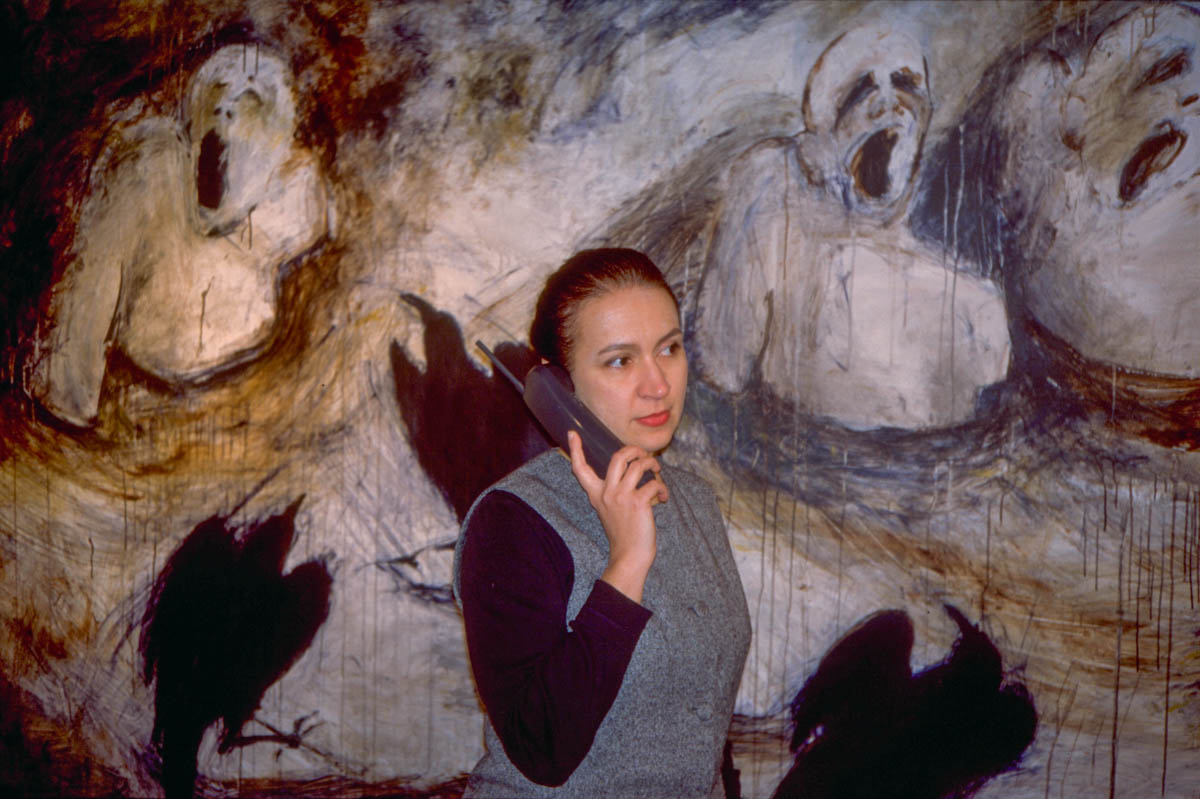
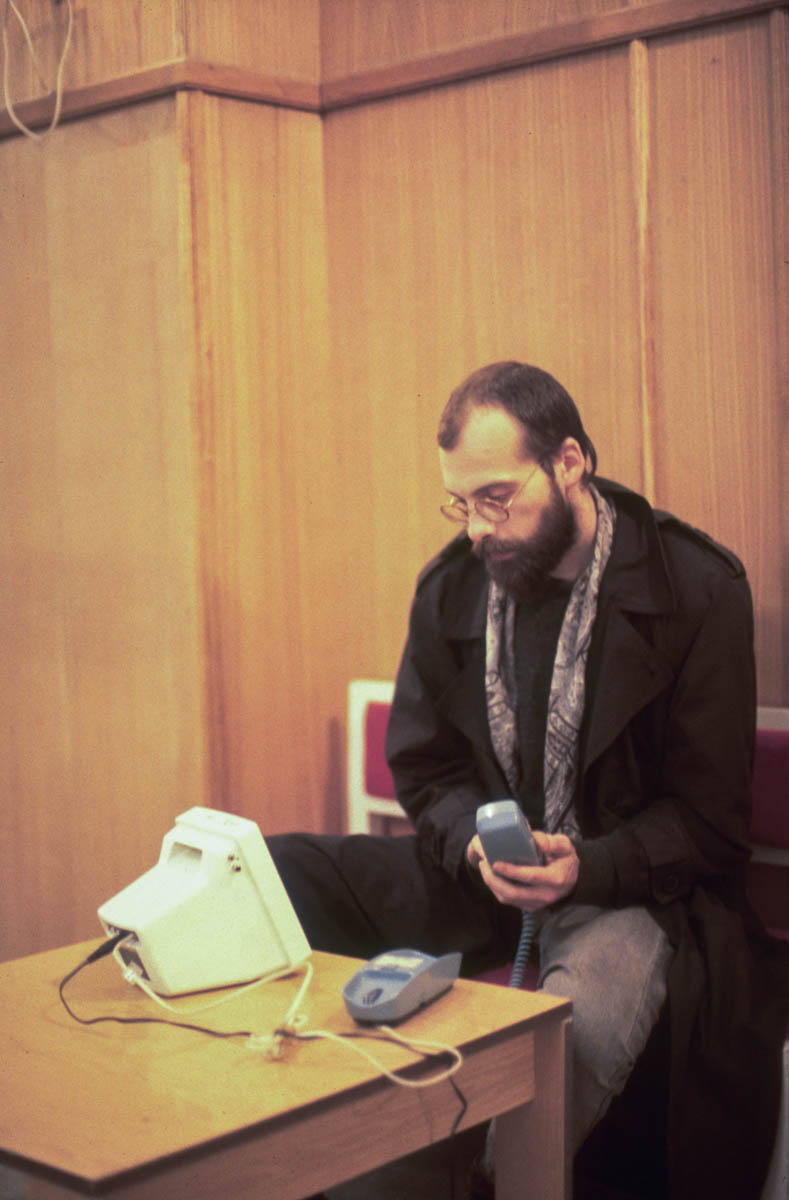
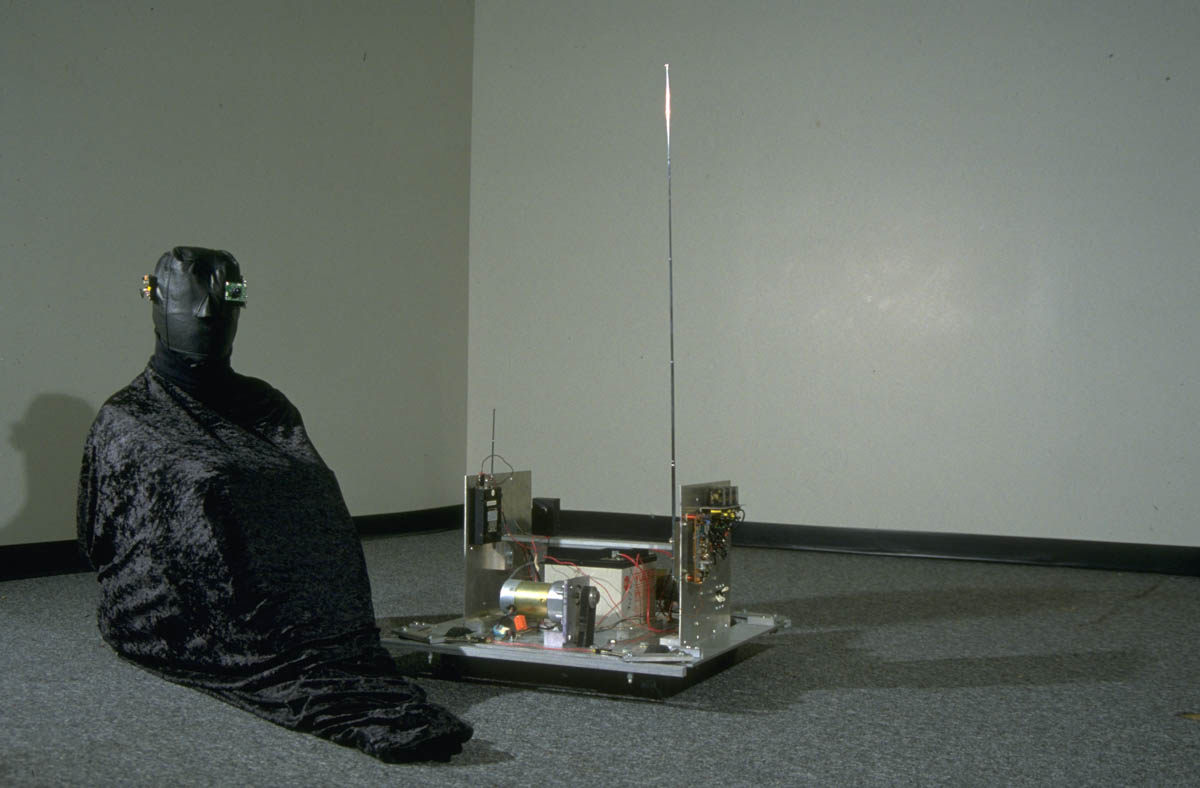
This work came out of the necessity to explore ways in which technology envelops the body and transforms identity, suppressing self-control and direct sensorial experience of the environment. Far from utopian or escapist portrayals of the potential of these technologies, the Telepresence Garment is a sign of their dangers.
The Garment is divided into three components. The Transceiver Hood has a CCD attached to a circuit board, both sewed to the leather hood on the left side, and an audio receiver sewed on the right side. The CCD is lined up with the wearer's left eye. Underneath the Garment, the wearer dons in direct contact with the skin what I call a Transmitter Vest, which is wired to the Hood and which enables wireless transmission of 30 fps color video from the point of the view of the wearer's left eye. Enveloping the body is an opaque Limbless Suit, so called because one can't stand or stretch one's arms, temporarily reducing or eliminating the functionality of the limbs.
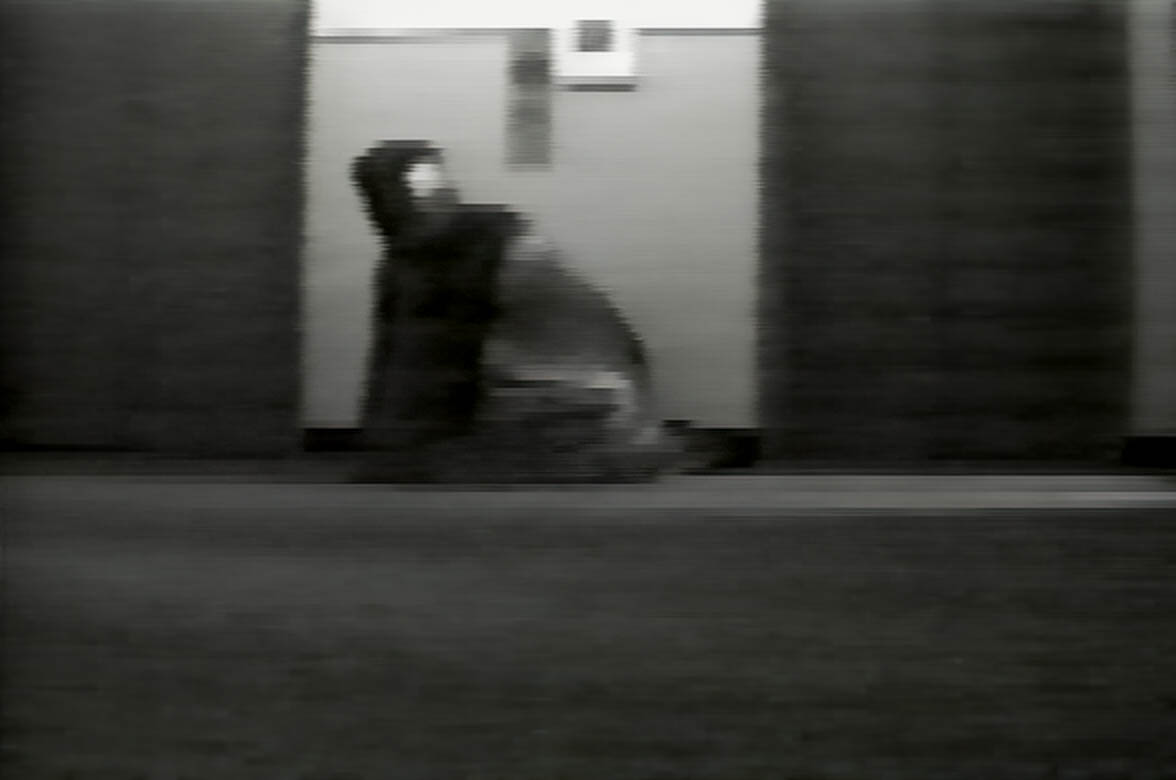
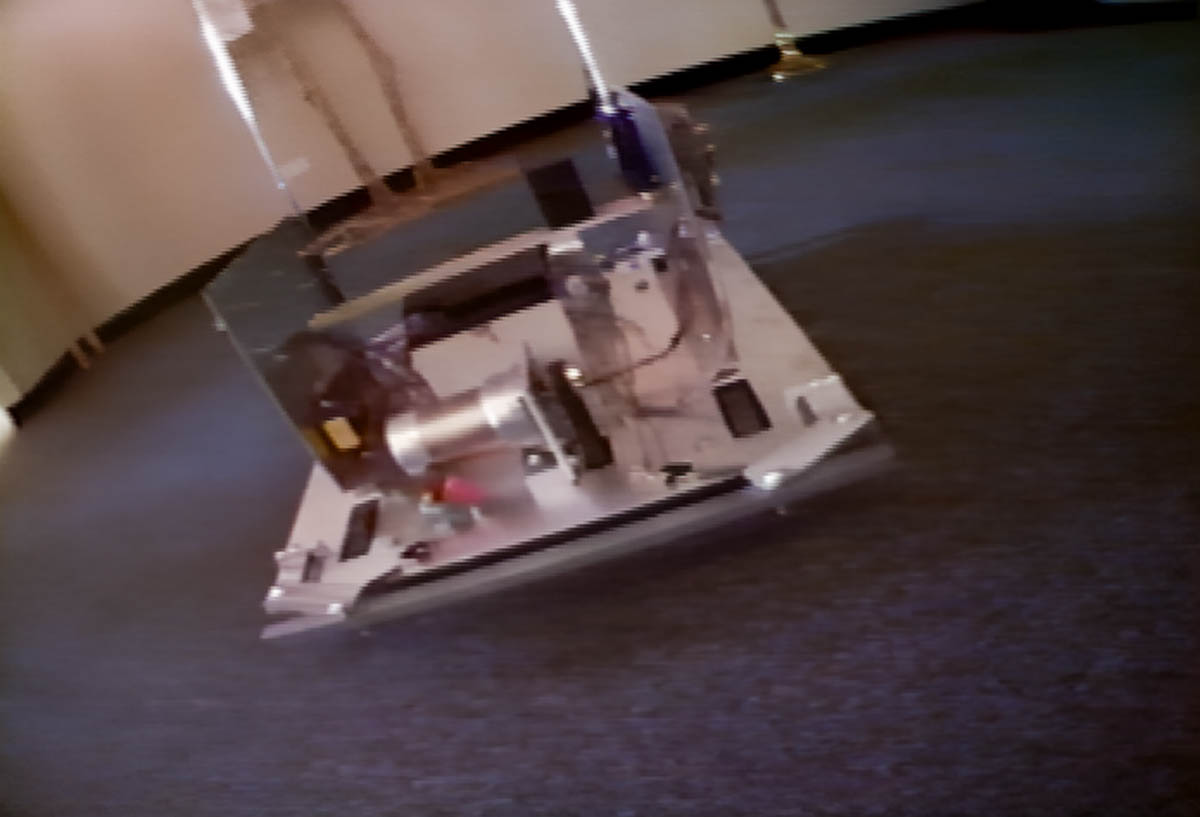
The emerging field of wearable computing suggests that the very meaning of clothing is changing in the mediascape. Instead of adorning or expanding the body, however, the Telepresence Garment secludes it from the environment, suggesting some of the most serious consequences of technology's migration to the body. Body sensations are heightened once the wearer removes the Garment. This pret-a-porter foregrounds the other meanings of the verb "to wear": To damage, diminish, erode, or consume by long or hard use; to fatigue, weary, or exhaust.
The Telepresence Garment was presented publicly for the first time during the event "Ornitorrinco in Sahara", created with Ed Bennett and featured in the IV Saint Petersburg Biennale, which took place in Saint Petersburg, Russia, in October of 1996.
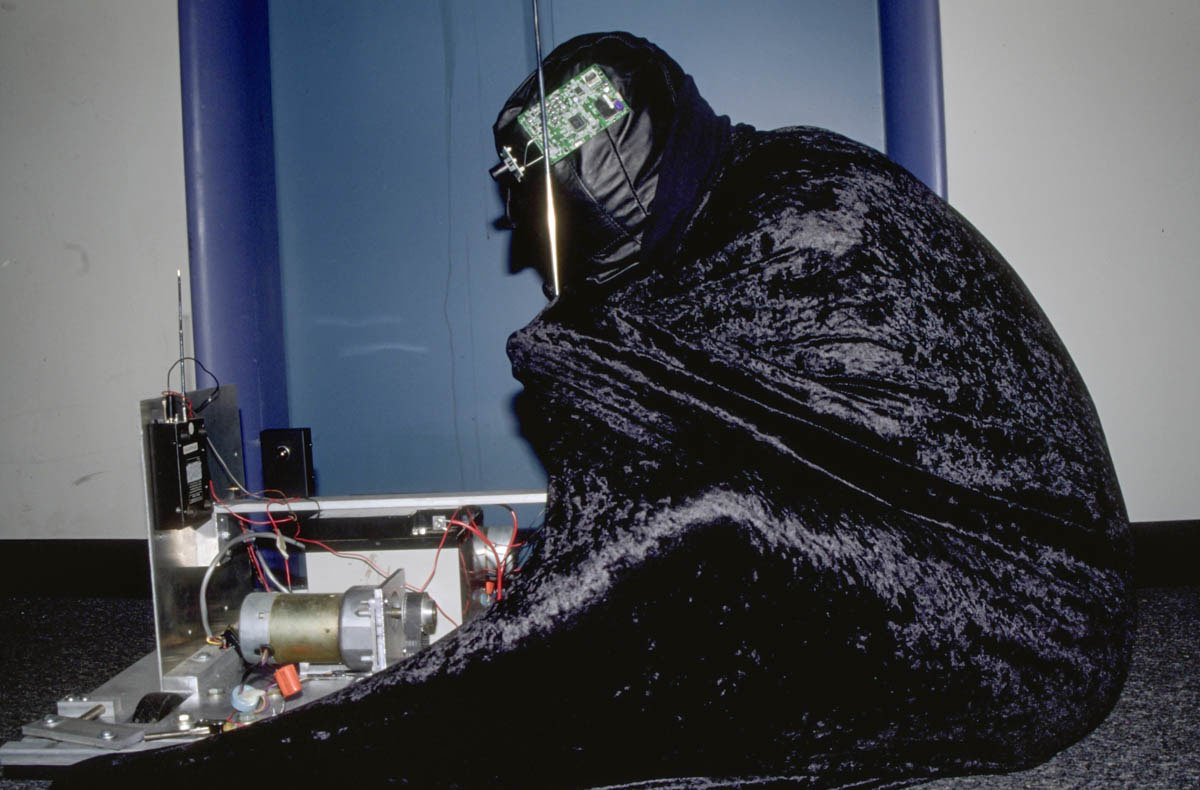
Originally published in YLEM, Vol. 17, N. 9 (Sept/Oct 1997), p. 10.